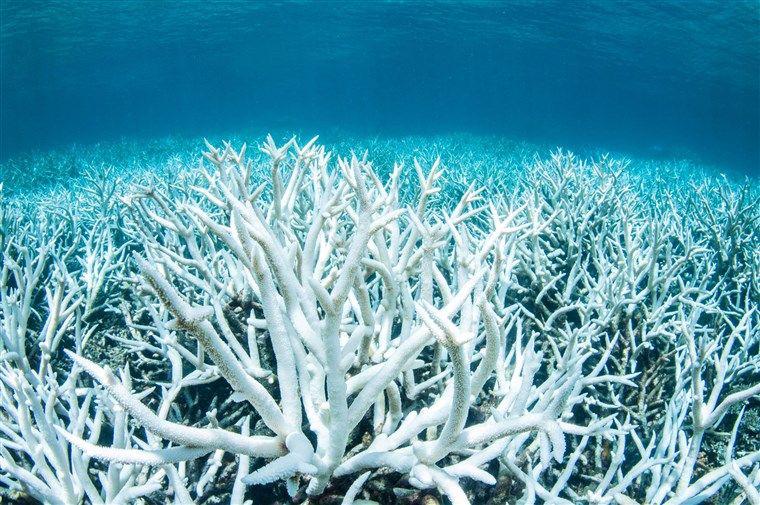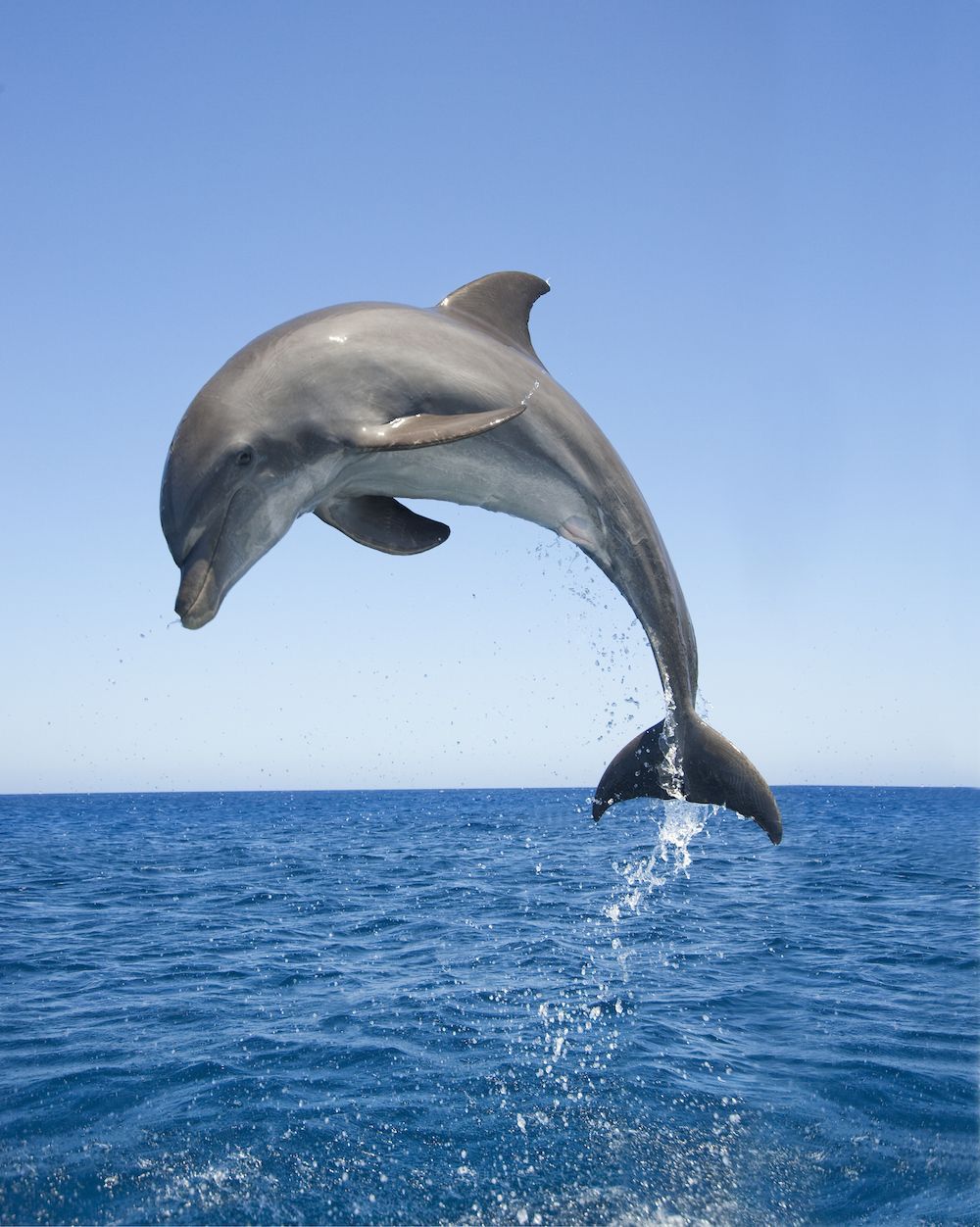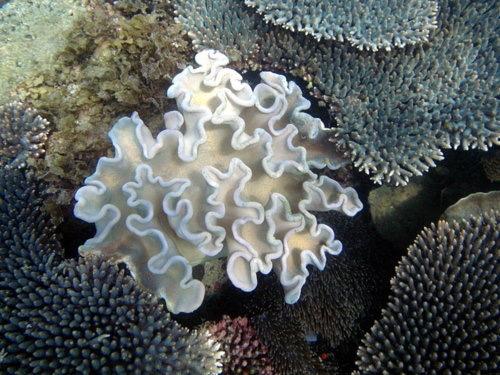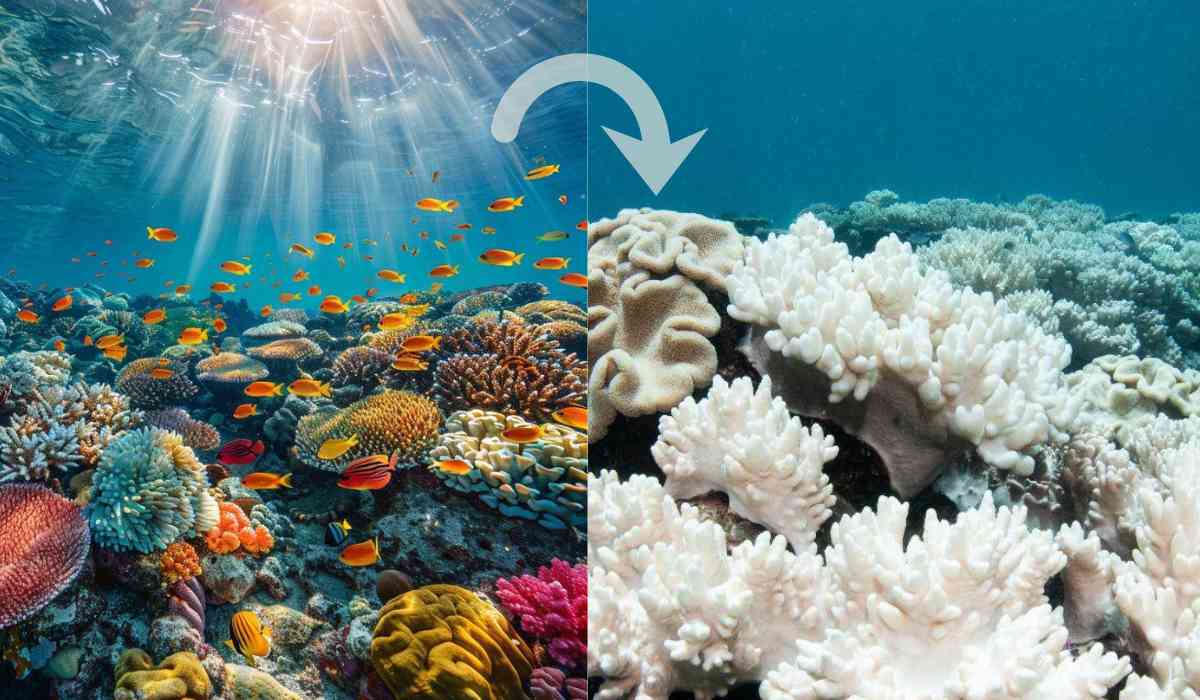Researchers at the ICAR-CMFRI have been on high alert, reporting that the vibrant hues of these coral reefs in the Lakshadweep Sea are fading fast or ‘bleaching’ due to prolonged heat waves hitting the area since late October 2023.
Coral reefs, often referred to as the "rainforests of the sea," are colourful and essential ecosystems that are home to a wide variety of marine life. So, what exactly is coral bleaching? Coral bleaching is the process by which stressed corals expel the algae that is living in their tissues, turning them white or pale. The corals eventually perish from diseases and starvation as a result of this process. What causes this stress? Changes in the ocean's environment, pollution, or the current high temperatures can all cause this phenomenon. However ‘Climate Change’ is the biggest issue or ‘stress’ behind the Coral bleaching as the oceans are becoming warmer and warmer, which poses a serious threat to these essential ecosystems.
Also Read: What is Coral Reef Bleaching & Why we should all be worried? (vygrnews.com)
In Lakshadweep, Coral bleaching was detected just last week. However, the main concern is unless the water temperature falls, this bleaching could ultimately result in the death of coral reefs. There have been previous coral bleaching events that occurred in the Lakshadweep Sea in 1998, 2010, and 2015. But the current event is unpredictable as to how much ‘bleaching’ can occur.

Triggered by Marine Heat waves
Marine Heat waves are the main cause of the coral crisis in Lakshadweep. Marine heatwaves, an unusual weather phenomenon marked by prolonged periods of abnormally high ocean temperatures exceeding the 90th percentile of typical regional ocean temperatures based on historical data, have hit the Lakshadweep region since October 2023.
The Degree Heating Week (DHW) indicator, which gauges cumulative heat stress, has surpassed 4 degrees Celsius-weeks in Lakshadweep. Corals are under stress from these heat waves, which has caused them to lose their vivid colors.
When sea surface temperatures rise by more than one degree Celsius above the maximum mean temperature, corals experience thermal stress, which is made worse by extended exposure. Scientists use the DHW indicator to calculate the total number of Celsius-weeks that temperatures above the bleaching threshold occurred during the preceding twelve weeks in order to estimate the cumulative heat stress.

Since October 27, 2023, the area has continuously seen temperatures that are one degree Celsius higher than average. In addition to extreme heat in the atmosphere, caused by global Warming shifts in ocean currents also contribute to unusually high water temperatures.
What do senior scientists at the CMFRI reveal?
According to Dr R K Sreenath and Dr Shelton Padua, senior scientists at the CMFRI heading the research, coral bleaching threatens Lakshwadeep’s diverse marine ecosystems.
Dr KR Sreenath, senior scientist of CMFRI said such heat stress levels signify a severe threat to coral health, leading to extensive bleaching where corals lose the symbiotic algae (zooxanthellae), compromising their survival by depriving them of essential nutrients.
"If the DHW continues to rise, reaching beyond 12 degrees Celsius weeks, it could precipitate an unprecedented biodiversity crisis due to multispecies mortality," said Dr Sreenath.
"Death and disintegration of coral reefs can threaten the coastal communities, leaving them vulnerable to the impacts of sea level aggressions," added Dr Sreenath.
Dr. Sreenath emphasized the importance of marine ecosystem health for coastal communities, which affects tourism and fisheries. He warned that ongoing marine heatwaves could lead to substantial economic losses by disrupting essential ecosystem services.
“The ongoing heat waves also threaten other critical marine habitats, including seagrass meadows. Similar to corals, seagrass meadows are experiencing detrimental impacts due to the heatwaves, such as impaired photosynthesis, reduced growth, and hindered reproductive functions. The degradation of these ecosystems can lead to the collapse of local marine food webs, affecting a wide range of marine species, from fish communities to marine mammals like dugongs and dolphins,” Mr. Sreenath said.

Dr Shelton Padua, senior scientist at CMFRI, said the primary causes of these marine heatwaves are excessive heat atmospheric transfer coupled with shifts in ocean currents, leading to unusually high water temperatures.
"Since October 27, 2023, the Lakshadweep Sea, spanning from 80.0 to 12.0 N latitude and 71.0 to 75.0 E longitude, has been experiencing these conditions, with temperatures consistently registering rises greater than 1 degree Celsius above the norm," said Dr Padua.
CMFRI’s efforts
CMFRI is deeply engaged in studying the ecological shifts affecting coral reefs and has launched a broad national initiative to explore the resilience of India's diverse coral ecosystems.
Through the integration of advanced climate modelling, deep learning, and ecological research, CMFRI is striving to improve survey accuracy and device management strategies based on resilience, thus ensuring the enduring health of coral reef environments in the long term.

Conclusion
The current crisis facing Lakshadweep underscores the urgent need for global action to reduce carbon emissions and combat climate change on a global scale to protect our oceans. The livelihoods of coastal communities, the tourism and fisheries sectors, and critical marine habitats are all at risk due to ongoing marine heatwaves and coral bleaching events. As we strive to preserve our planet, we have to unite in efforts to protect the precious coral reefs of Lakshadweep and ensure a sustainable future for generations to come.
©️ Copyright 2024. All Rights Reserved Powered by Vygr Media.























